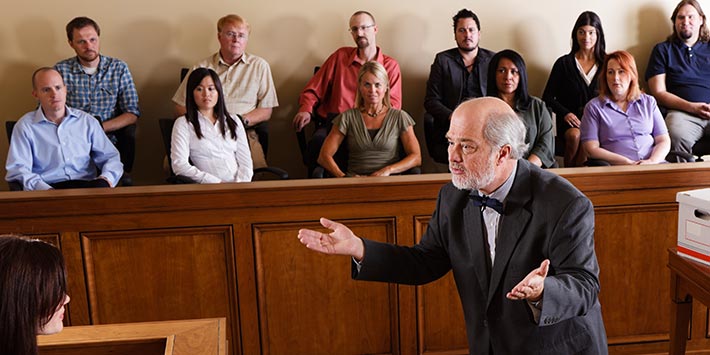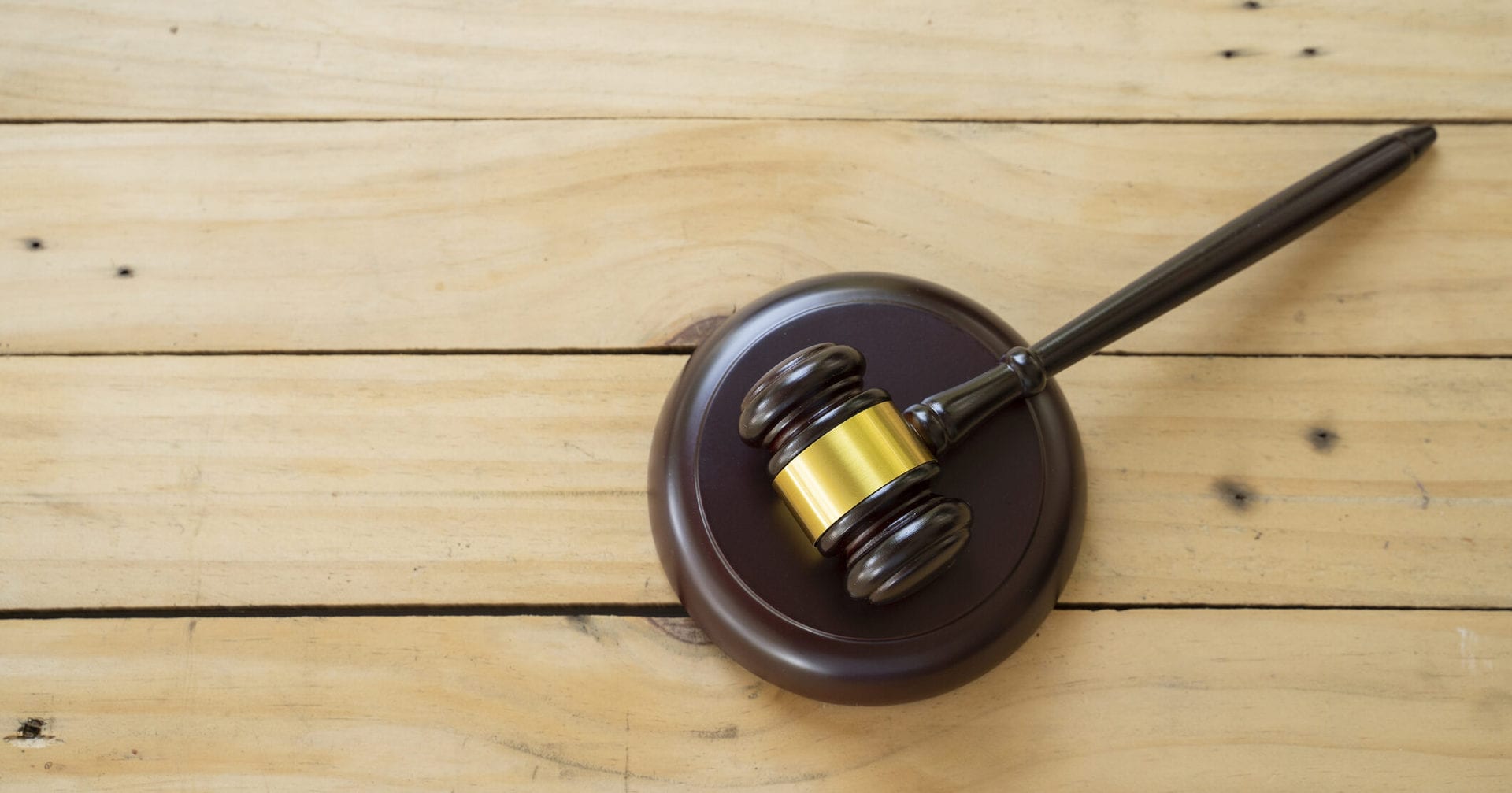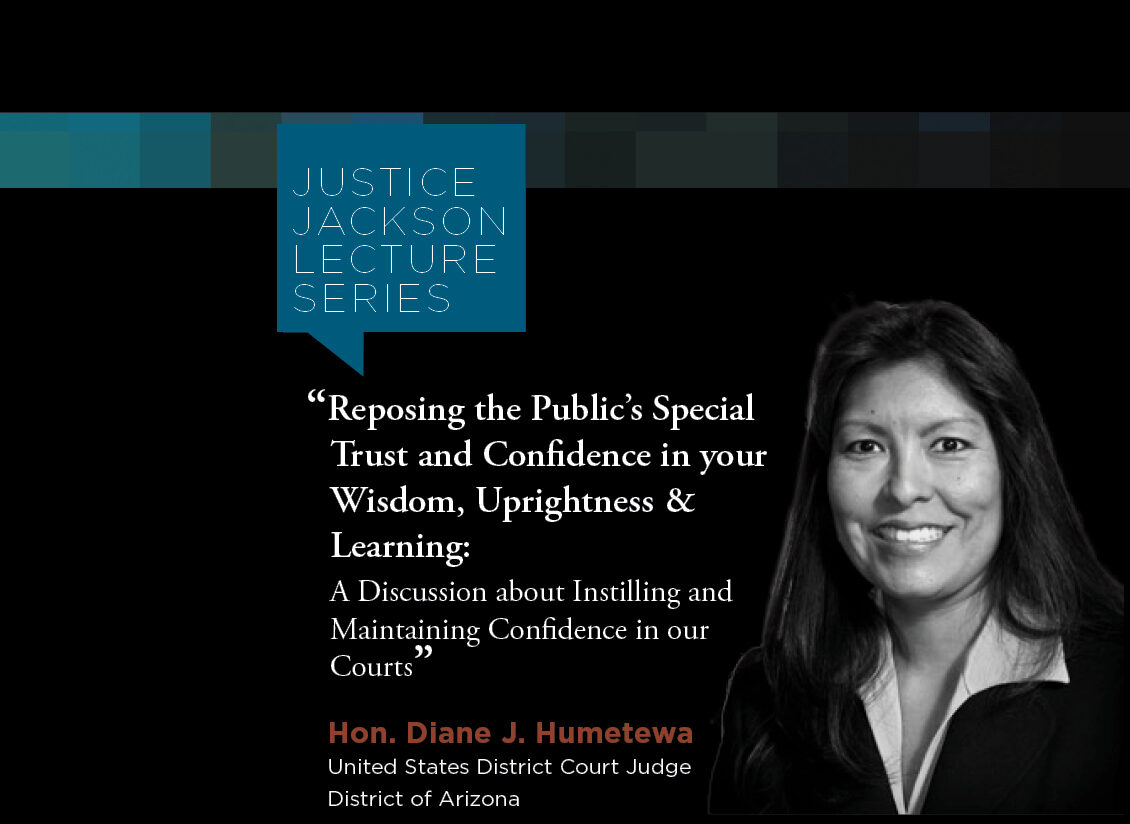
Senior Judge Don R. Ash
My wife, Rita, is a successful real estate agent. She tells me the key to selling a home is usually location, location, location. Over the past twenty years, I have handled several jury trials where a self-represented litigant is on one or both sides. I believe to handle those opportunities efficiently, the key term is preparation, preparation, preparation.
My first suggestion is to develop a checklist to make sure you address problem areas. It is critical to consider your procedures in the three stages of a jury trial, namely pretrial, trial, and post-trial. Criminal and civil cases have different requirements, so it is important to review your respective state’s case law. For example, in a Tennessee criminal case with a self-represented litigant, a judge is required to ask several questions addressing the knowledge of the party regarding procedure and evidence. I would suggest a similar procedure for civil trials. Another good procedure is to have the self-represented litigant sign a waiver. It can be a challenge to be polite and respectful, but it sets the tone for the rest of the trial.
Pretrial orders and pretrial conferences are important in any jury trial, but are critical when an individual is representing him or herself. A pretrial order needs to be a road map for the parties. Dates must be established and must be explained in court. Please also consider to keep these orders easy to understand. These orders should be shaped to fit the ability of the self-represented litigant.
I normally have twice as many pretrial conferences and motion days in a case with a self-represented litigant than I do when parties in a matter are represented. It is important to review evidence which will be introduced. This allows the parties to raise appropriate objections as well as gives the parties time to address various issues. A courtroom and technology tour is also useful.
Developing a flow chart explaining the various aspects of a jury trial is also an excellent tool. It is important to have one for criminal cases and another for civil cases. Reviewing this outline with the parties involved is time well spent and both sides should be given the appropriate form.
One must be careful in discussions with the jury regarding the self-represented litigant. Many jurisdictions have limitations which can restrict what can and cannot be said. I would respectfully suggest, if possible, for you to advise the jurors the self-represented litigant has a constitutional right to represent him or herself, and the jurors cannot have any sympathy or prejudice toward the self-represented litigant due to him or her being self-represented. As well, I suggest instructing the jury that each side will be required to comply with the rules of evidence and procedure, and the court cannot help either side. Finally, the jury must decide the case on the facts presented and the law.
Being a judge is difficult in these types of jury trials, and it is more challenging because the judge also has to become a teacher. I have found explaining procedures and evidence rulings to the jury also teaches the self-represented litigant. For example, “opening statements are like a road map…” can be helpful for both the jury and self-represented litigant to understand the framework of an opening statement. As well, telling the jury the definition of hearsay after an appropriate objection also helps the self-represented litigant. I personally have found this extra effort does not extend the time of the trial.
Finally, at the conclusion of the trial, it is necessary to prepare the self-represented litigant for the next step. First, I advise the parties of the procedure to occur when the jury returns with a verdict. It is also beneficial to have a security presence in the courtroom. After the jury is excused, I take time to explain the verdict, discuss a sentencing date if this is a criminal case, and describe the appeal process.
The best trials are ones which progress smoothly. Following this plan of action will help a judge achieve this lofty goal.
More information on self-represented litigants can be found in NJC’s Best Practices in Handling Self-Represented Litigants course (July 13-16, 2015, Reno, NV), Dispute Resolution Skills (July 20-23, 2015, Reno, NV), Administrative Law: Advanced (June 1-4, 2015, Reno, NV), Administrative Law: Fair Hearing (August 17-27, 2015, Reno, NV), and in other NJC courses throughout the year.

The Hon. Mary-Margaret Anderson (Ret.), a retired administrative law judge with the California Office of Ad...

Happy October, Gaveliers faithful. Are you loving this or what? No one believed a team made up of judges...


Hon. Diane J. Humetewa, the first Native American woman and the first enrolled tribal member to serve as a ...

Retired Massachusetts Chief Justice Margaret H. Marshall has been selected as the 2024 winner of the presti...